Projects
Current projects:
Our mission is to improve intact survival and quality of life in patients with acute brain or spinal cord injury, with a special focus on preserving and supporting the function of the central nervous system. This entails research into both the physiology of the intact CNS, the pathophysiology of acute CNS injury, and the effect of existing and new treatment options.
CONICA is developing rapidly, and we are always on the lookout for new projects and researchers to join our group.
Have a look at our current projects and feel free to contact us if you have any questions or if you wish to be part of CONICA.
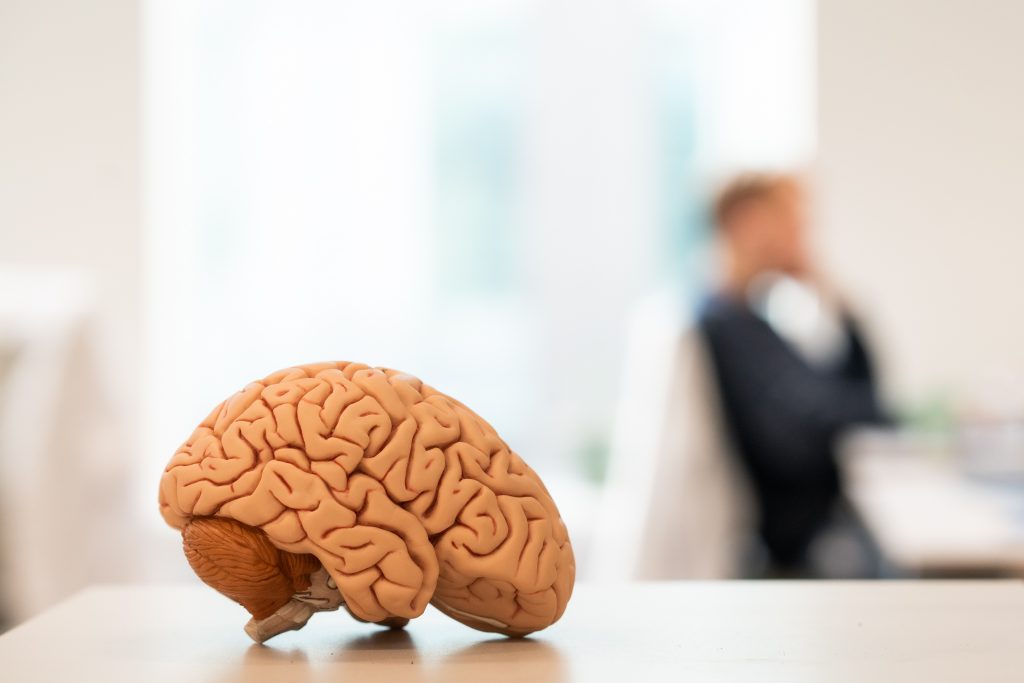
Cerebral Nitrosative/OXidative stress in aneurysmal subarachnoid haemorrhage
The aim of the present study is to characterise the transcerebral exchange of oxidative/nitrosative stress markers and NO metabolites during the early phase after SAH as compared to healthy volunteers. Additionally, we aim to examine the influence of these disturbances on indices of brain ischemia and metabolic dysfunction as assessed by multimodal neuromonitoring and the influence of induced changes in PaO2.
Hyperglycaemia and hyperlactataemia in patients with severe acute brain injury in the intensive care unit
Patients with severe acute brain injury are often admitted to an intensive care unit (ICU). For the purpose of this protocol, severe acute brain injury is defined as intracerebral haemorrhage (ICH), spontaneous aneurysmal subarachnoid haemorrhage (SAH), traumatic brain injury (TBI), cerebral infarction, or hypoxic brain injury. Unfortunately, morbidity and mortality are high among these patient groups. The aim of intensive care treatment for patients with severe acute brain injury is to minimise the consequences of the primary brain injury and to avoid secondary brain injury due to, e.g., hypoxia, hypoperfusion and inflammation.
The study is an interventional, double-blind, placebo-controlled, multiple-ascending dose first-in-human Phase I/II study in patients with subarachnoid hemorrhage. The primary objective is to investigate the safety and tolerability of the study drug in patients diagnosed with subarachnoid hemorrhage and in need of an intraventricular drain.
Effect of S-ketamine on cortical spreading depolarisation and cerebral metabolic crisis in patients with severe acute brain injury
This pilot and feasibility trial – the KETA-BID trial – aims investigate the efficacy and safety of Sketamine on the occurrence of clustered SDs and the feasibility of the setup. More specifically, the KETA-BID trial investigates the efficacy of S-ketamine in those where SDs persist despite physiological optimisation. According to a systematic review of the literature performed by our group (PROSPERO no. CRD42021210447), the KETA-BID trial is the first using randomization and blinding of intervention with placebo to explore the effect of ketamine on SDs.
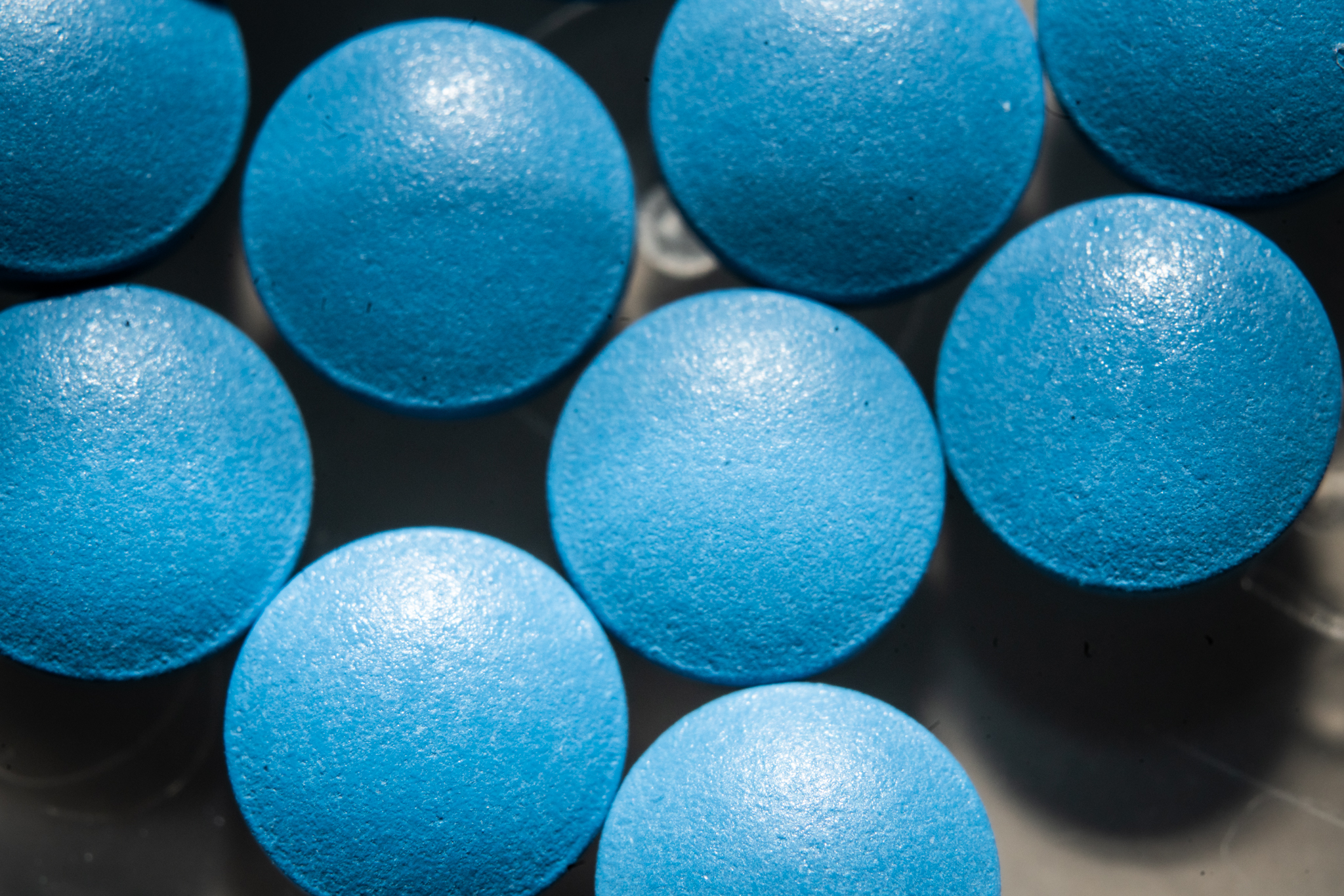

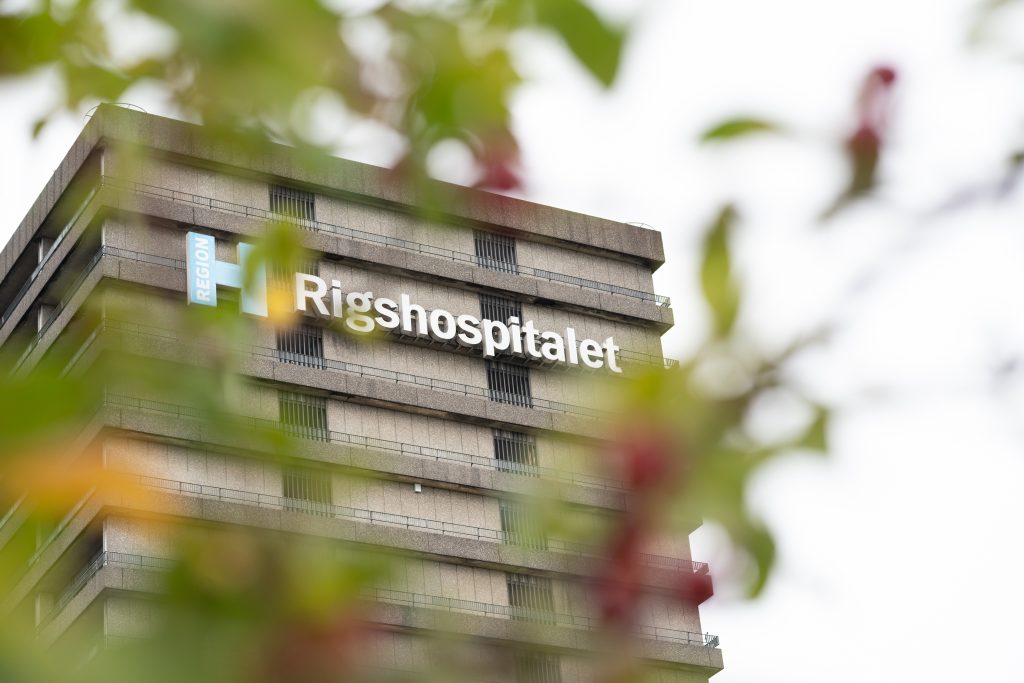
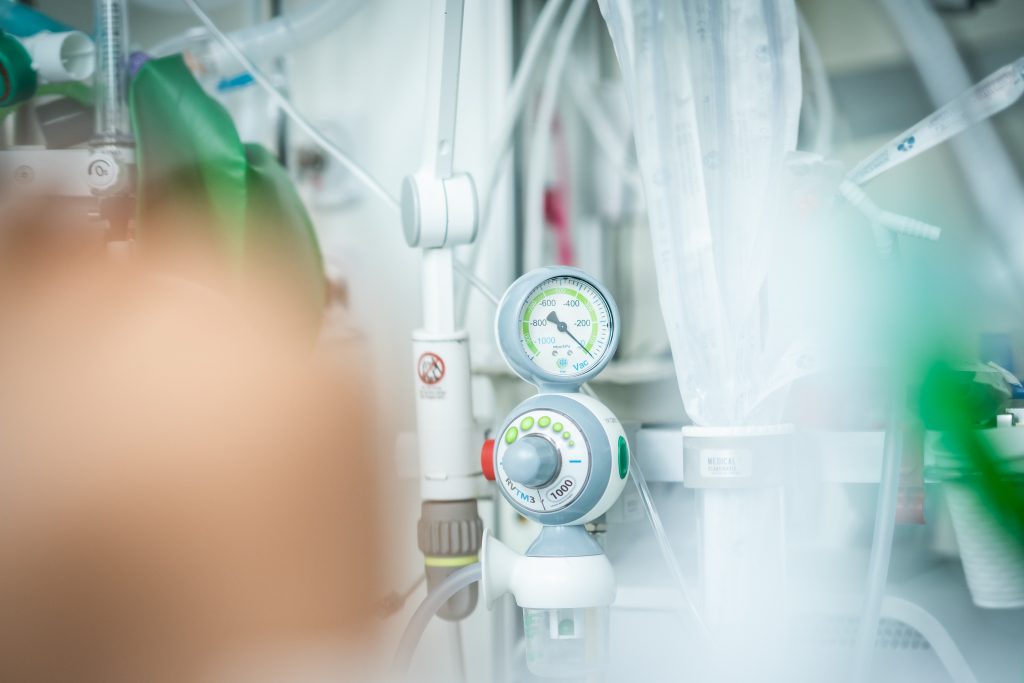
Collaborations
Besides the projects carried out by our own group, we take part in several collaborations within the Neuroscience Centre as well as across the centers of Rigshospitalet, nationally and internationally. Some examples:
CONsciousness in NEurocritical Care cohorT study using fMRI and EEG
We aim to establish, validate and improve fMRI- and EEGbased consciousness paradigms, as well as sophisticated clinical rating scales and bedside techniques such as pupillometry, for patients with acute brain injury in the ICU and step-down units. We will achieve this by using a multidisciplinary approach including expertise from neurology, neurosurgery clinical neurophysiology, anesthesiology, and functional neuroimaging.
Danish RAndomized trial of external ventricular drainage cessation IN aneurysmal subarachnoid haemorrhage
We strive to assess the benefits and harms of two common regimens of external ventricular drainage cessation strategies in a randomized controlled setting.
The project aims to clarify how intracranial pressure affects long-term prognosis following a head trauma. Children who suffer from a head trauma or other brain disease are in risk of an increased intracranial pressure. Many patients who suffer a severe head trauma will experience an abnormal pressure regulation following the head trauma. Children suffering from a head trauma are further at risk for impaired social and cognitive skills. It is unknown how the acute and long-term intracranial pressure (and pressure regulation) following a head trauma affects the child’s long-term health condition and rehabilitation.
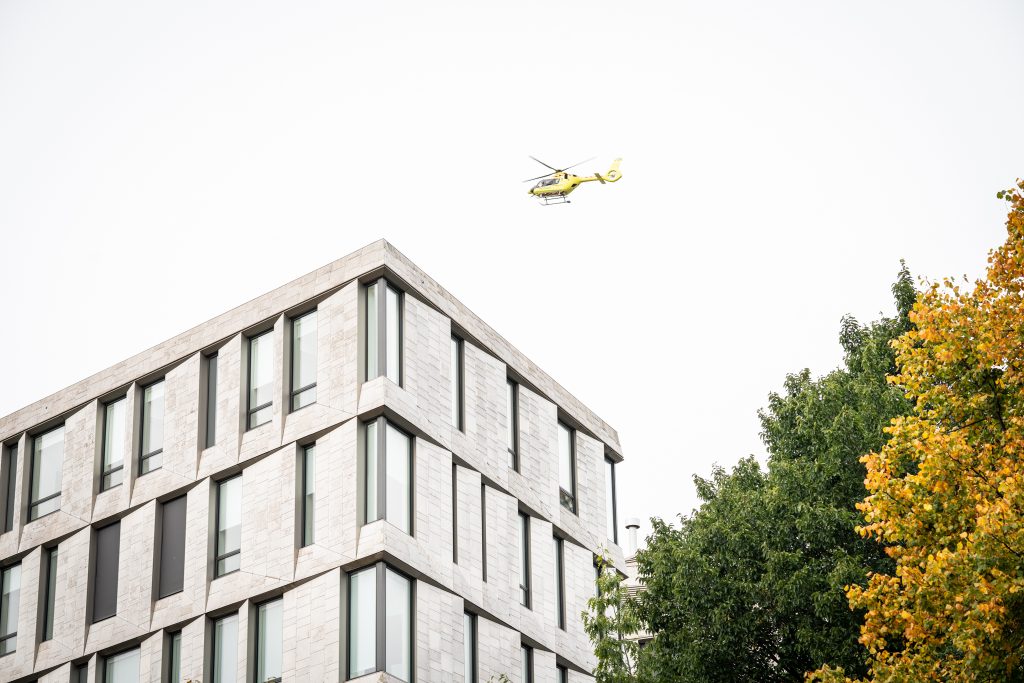


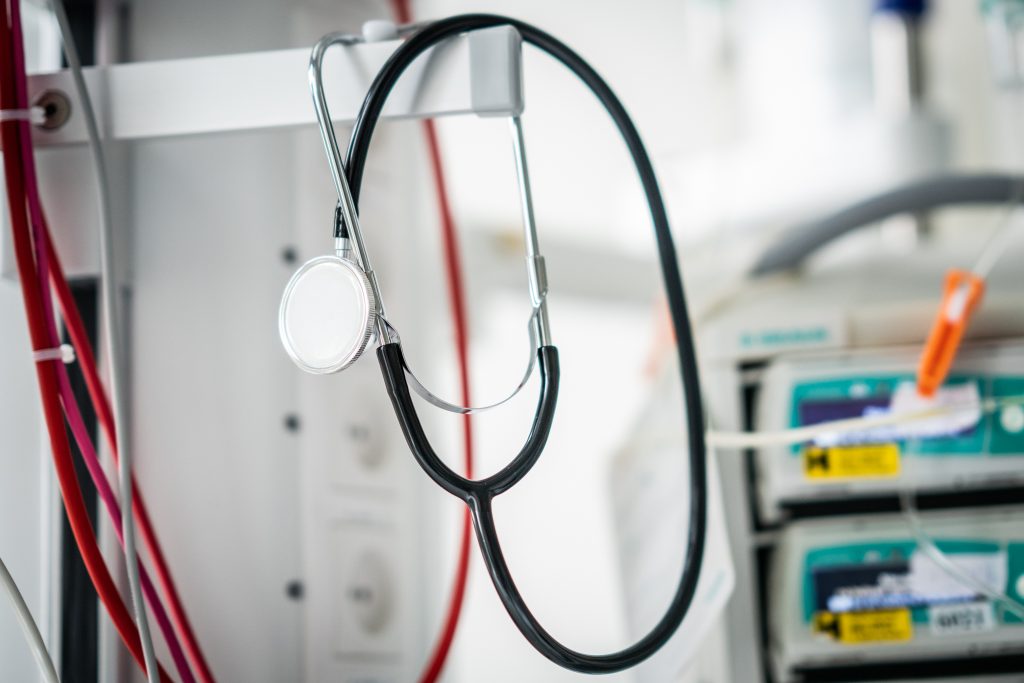
Previous projects
Since the beginning of the group we have completed many exciting projects. Here is a selection:
TRansfusion strategies in Acute brain INjuried patients:
This trial will assess the impact of two different strategies to administer blood transfusions in a large cohort of critically ill patients with a primary brain injury. The results of this trial may help to better manage blood products and transfusion thresholds in this specific patients’ population and will provide additional data in some sub-groups of patients at high-risk of brain ischemia, such as those with an intracranial hypertension or developing cerebral vasospasm.
The study was a collaboration with the Department of Intensive Care at Hospital Erasme in Belgium.
We conducted a quality control of automated pupillometry on neurological patients suffering from acute brain injury and OHCA patients in the cardiac ICU, before and following Targeted Temperature Management (TTM) and sedation. Each patient will be tested with two passive paradigms and one active paradigm, presenting them with their own reflection, various sound stimuli and a series of mental arithmetic tasks.
The study was a collaboration between the Department of Neurology, the Department of Cardiology, the Department of Anaesthesiology at Rigshospitalet, Denmark, and the Department of Clinical Medicine, Faculty of Health and Medical Sciences at the University of Copenhagen, Denmark.
EXploring clinical and PhysiologicaL factors associated with dysphagia, weaning and decannulation following severe Acquired braIN injury:
The objective of this study is to identify and explore potential clinical and physiological factors and patterns related to swallowing, weaning progression and decannulation.
Systemic Nitrosative/OXidative stress in patients with acute brain injury:
The aim of the study is to characterise the development of systemic oxidative/nitrosative stress during the early phase of acute brain injury, its influence on NO metabolism and neurovascular unit integrity, and the influence of these disturbances on clinical outcome. Additionally, in a subgroup of patients undergoing advanced multimodal neuromonitoring (on clinical or research indication), we will examine the relationship between these markers and the occurrence of brain tissue hypoxia, brain metabolic crisis, and cortical spreading depolarisations.
The aim of the study is to measure the prevalence of hyperlactatemia in patients undergoing craniotomy for brain tumor and investigate whether this is associated with patients’ length of stay, neurological function level and mortality.
Mobilising pAtients With sEvere bRain injury in Intensive Care:
In the early phase after a severe brain injury, the patient is often sedated and confined to the bed for a longer period. This is done to protect the brain to avoid a reduction in the oxygen supply to the brain. Prolonged bed rest, however, has negative consequences such as reduced fitness-level and muscle strength, stiffness in joints, tendons and muscles as well as an increased risk of lifestyle-related diseases. Therefore, we hypothesise that reducing the amount of bed rest as much as possible, is an advantage, while at the same time respecting the changed conditions in the brain after the injury.
Cerebral autoregulation in patients with aneurysmal subarachnoid hemorrhage:
Patients with aneurysmal subarachnoid haemorrhage (SAH) might have impaired cerebral autoregulation, that is, cerebral blood flow (CBF) – and thereby oxygen delivery – passively increase with an increase in cerebral perfusion pressure (CPP). This physiological study aimed to investigate the cerebral haemodynamic effects of controlled blood pressure increase in the early phase after SAH before any signs of delayed cerebral ischaemia (DCI) occurred. In this study, middle cerebral artery velocity (MCAv) was not significantly affected by a brief course of controlled blood pressure increase; despite this, PbtO2 increased. This suggests that autoregulation might not be impaired in these patients or other mechanisms could mediate the increase in brain oxygenation. Alternatively, a CBF increase did occur that, in turn, increased cerebral oxygenation, but was not detected by transcranial Doppler (TCD).
Biomarkers of oxidative stress in trauma patients receiving a liberal or restrictive oxygen strategy:
The primary objective of this trial is to assess whether there is a significant difference in MDA as a biomarker of oxidative stress in trauma trial participants receiving a liberal versus restrictive oxygen strategy for eight hours after trauma at the 24-hour mark after initiation of the TRAUMOX2 intervention (H24).
The study was a collaboration with the Department of Anaesthesiology, Surgery and Trauma Center at Rigshospitalet, Denmark.
The main target of this study is to investigate the molecular profile in biological material from patients with hydrocephalus in different contexts. The aim is to identify possible targets in the brain for medical treatment of hydrocephalus, and to compare the molecular profile with measurements of the intercranial pressure in patients with hydrocephalus and related illnesses.
The study was a collaboration with Neurosurgical Clinic at Rigshospitalet, Denmark.